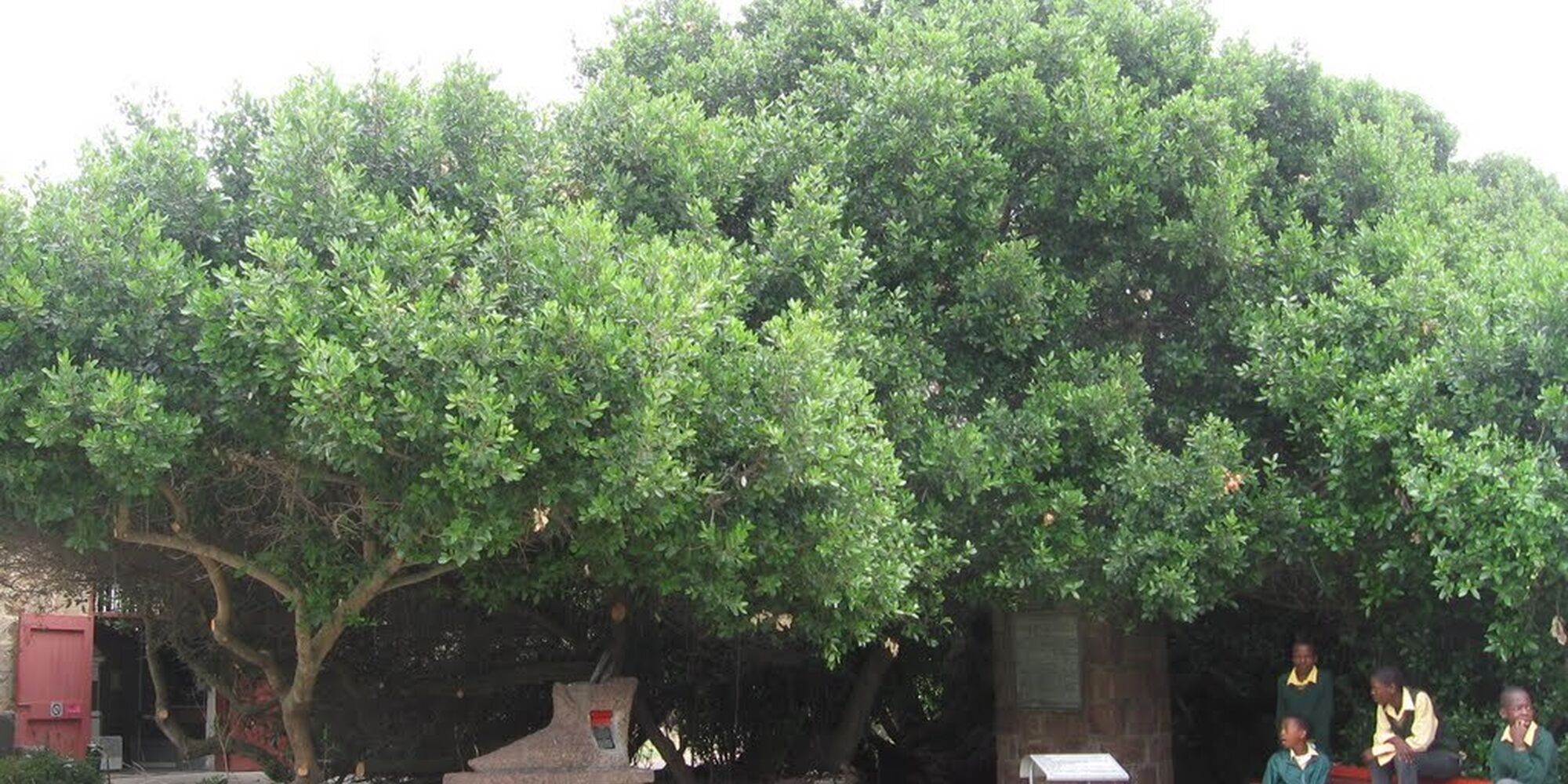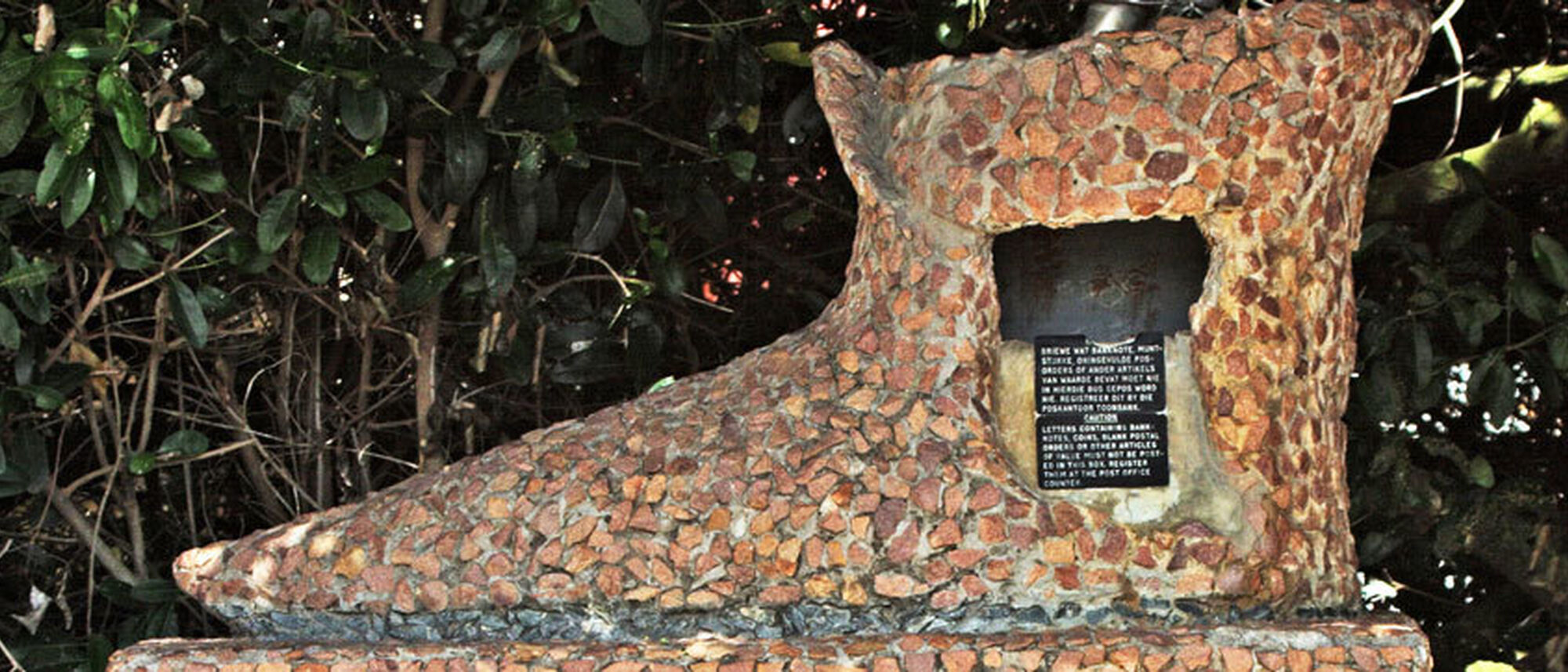In today’s digital age, we rarely send a letter. It’s sad to think that this romantic, personal, tradition has been somewhat lost amongst the email, whatsapp and Skype messages. That’s what makes the Post Office Tree in the coastal town of Mossel Bay so special and why people flock here to send a letter to their loved ones. You’ll be able to send a card in the field garden in the Bartolomeu Dias Museum Complex and your stamp will be marked with a special commemorative frank – and the people who receive your letter will enjoy the thrill of reading real, live mail.
It’s a tradition that dates back to 1500 when the ship’s captain Pêro de Ataide found himself separated from his fleet: he’d sailed from Portugal to India with 12 other ships under the command of Pedro Álvares Cabral, and they’d encountered hostility at the port of Calicut (now Kozhikode). He wanted to warn the following fleet about the situation in India. He wrote a report, left it hidden in the very same milkwood tree that we now call the Post Office Tree, and sailed for home.
How did the story end? We know that Cabral found the letter, and that he used the information to defeat the Calicut fleet off Cannanore on December 31, 1501 – but we’re not sure exactly how the manuscript survived its time in the wild. Some people think it was hidden in an iron pot, some say it was placed in an old boot tied to the tree. A boot-shaped post box now accepts your cards and letters - and it’s helped make the Post Office Tree one of Mossel Bay’s biggest attractions.



















